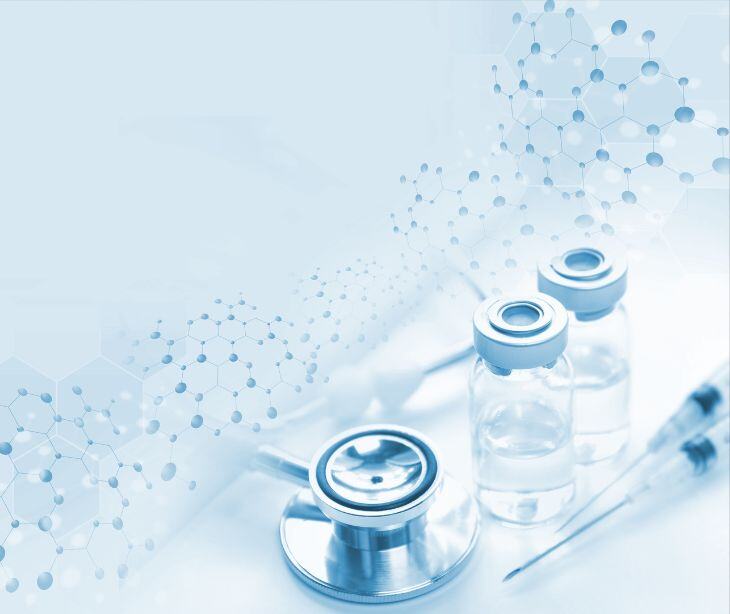
HIPAA permits disclosing protected health information (PHI) for public health initiatives, like infectious disease management, but covered entities must use HIPAA compliant emails and text messages to protect patient privacy.
HIPAA provisions in infectious disease management
While HIPAA ensures patient privacy, it also accommodates public health reporting since public health authorities need access to certain health information to monitor and control the spread of infectious diseases.
More specifically, the HHS mandates “covered entities to disclose protected health information, without authorization, to public health authorities who are legally authorized to receive such reports for the purpose of preventing or controlling disease…”
So, providers must share this health information to help prevent the spread of infectious diseases and protect public health.
Additionally, the HHS states that “If a covered entity engages a business associate to assist in a specified public health activity, the business associate’s written agreement with the covered entity should identify these activities, and the business associate may make the disclosure for public health reasons in accordance with its written agreement.”
Ultimately, HIPAA’s provisions ensure that health information is communicated quickly and efficiently in times of emergency.
Read also: What is a public health emergency?
HIPAA compliant communication
Providers must adhere to HIPAA’s minimum necessary rule, only disclosing the minimum necessary information for public health purposes.
For example, if a provider is reporting a communicable disease outbreak to the local health department, they should only share information related to the outbreak and not disclose any additional patient details, protecting patient privacy while still allowing for effective public health interventions.
Additionally, covered entities must use the following safeguards to protect patient privacy:
- Administrative safeguards like developing policies to show how the entity will comply with HIPAA.
- Physical safeguards, like access controls, help protect patient data against potential breaches and unauthorized access.
- Technical safeguards use technology to safeguard patients’ protected health information (PHI) sent over electronic networks.
How HIPAA compliant emails can help
HIPAA compliant emails ensure secure and efficient communication between healthcare providers, public health authorities, and patients. More specifically, HIPAA compliant emailing platforms, like Paubox, use technical safeguards, including encryption, so only the intended recipient can read the message.
Covered entities can share sensitive patient information, like test results and treatment plans, without risking data breaches.
For example, during a tuberculosis outbreak, a healthcare provider can use HIPAA compliant emails to quickly and securely notify public health officials about new cases, share patient contact information for contact tracing, and coordinate with other medical facilities to manage the outbreak.
Ultimately, HIPAA compliant emails can help streamline communication efforts to contain the disease while maintaining patient confidentiality and trust.
How HIPAA compliant text messages can help
Text messaging is another convenient method for quick communication. Like emails, text messages containing PHI must be encrypted to prevent unauthorized access, so providers must use a HIPAA compliant platform, like Paubox, to safeguard patient privacy.
For example, in a flu epidemic, providers can text staff updated protocols, share real-time patient symptoms for rapid assessment, and coordinate emergency responses without compromising patient privacy.
Ultimately, HIPAA compliant texts can improve provider collaboration and ensure timely interventions to mitigate the spread of infectious diseases.
Steps for ensuring HIPAA compliance during outbreaks
1. Staff training: Provider organizations must offer regular staff training on HIPAA compliant communication and patient privacy in infectious disease management.
2. Guidelines: Covered entities must develop and enforce guidelines for handling PHI. These policies should include guidelines on data access, transmission, and storage, addressing HIPAA compliant emails and text messages.
3. Risk assessment: Providers must conduct regular risk assessments, evaluating the security of email and text messaging systems. These assessments should identify potential vulnerabilities and threats, allowing providers to implement appropriate security measures to protect sensitive information.
Providers should also regularly review and update their risk assessment processes to address new security risks as they emerge.
4. Incident response plan: Covered entities must have a detailed response plan to address potential PHI breaches. For example, a response plan can include guidelines for notifying affected patients and reporting to relevant authorities.
FAQs
Can providers disclose PHI to public health authorities without patient consent?
Yes, HIPAA allows disclosure of PHI to public health authorities for disease control and prevention purposes.
Can HIPAA compliant emails and texts help in managing infectious diseases?
Yes, HIPAA compliant emails and text messages allow healthcare providers and public health authorities to securely share sensitive information, like test results and treatment plans.
What types of information does HIPAA protect?
HIPAA protects all identifiable health information, including names, addresses, and medical records.
Go deeper: Personally identifiable information: HIPAA compliance key facts
Subscribe to Paubox Weekly
Every Friday we'll bring you the most important news from Paubox. Our aim is to make you smarter, faster.




